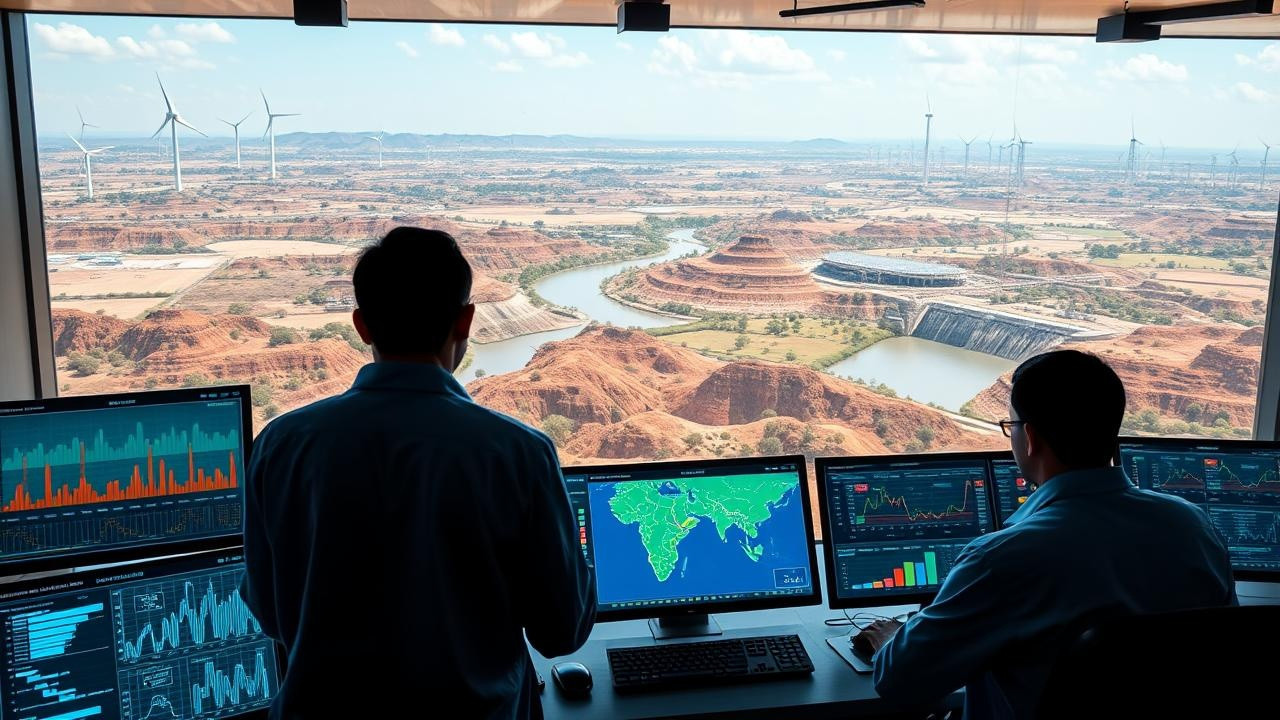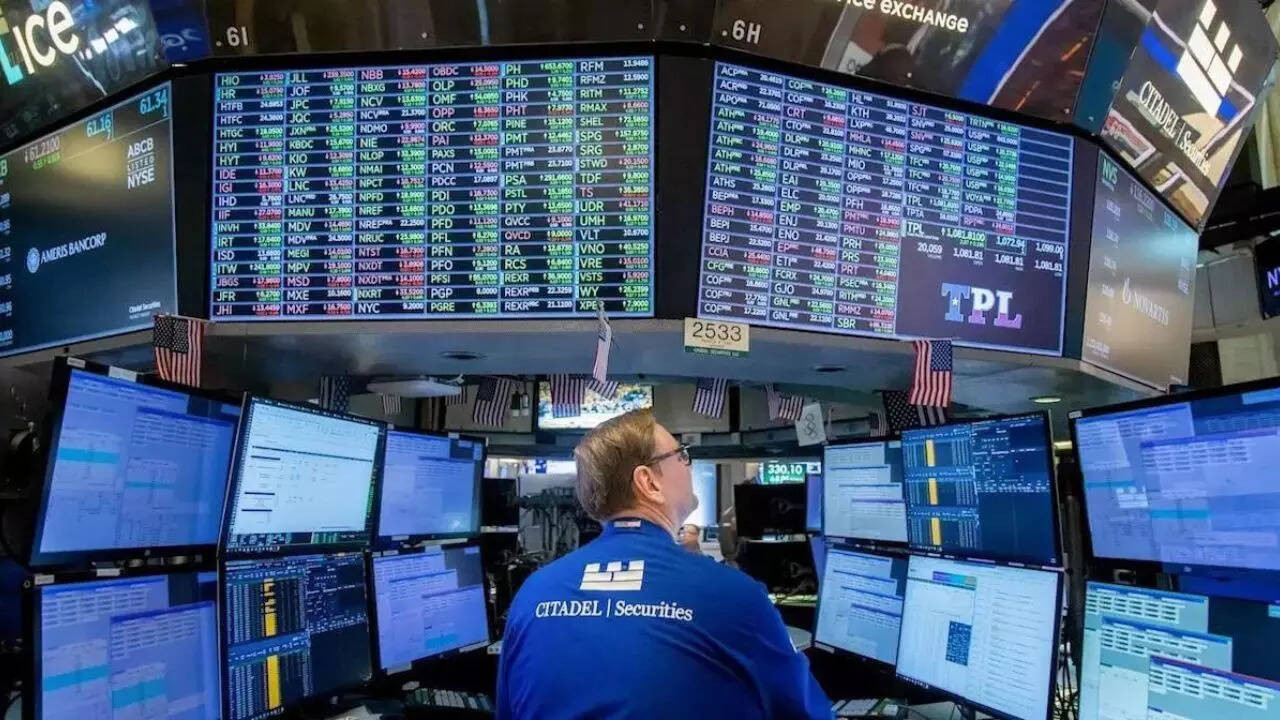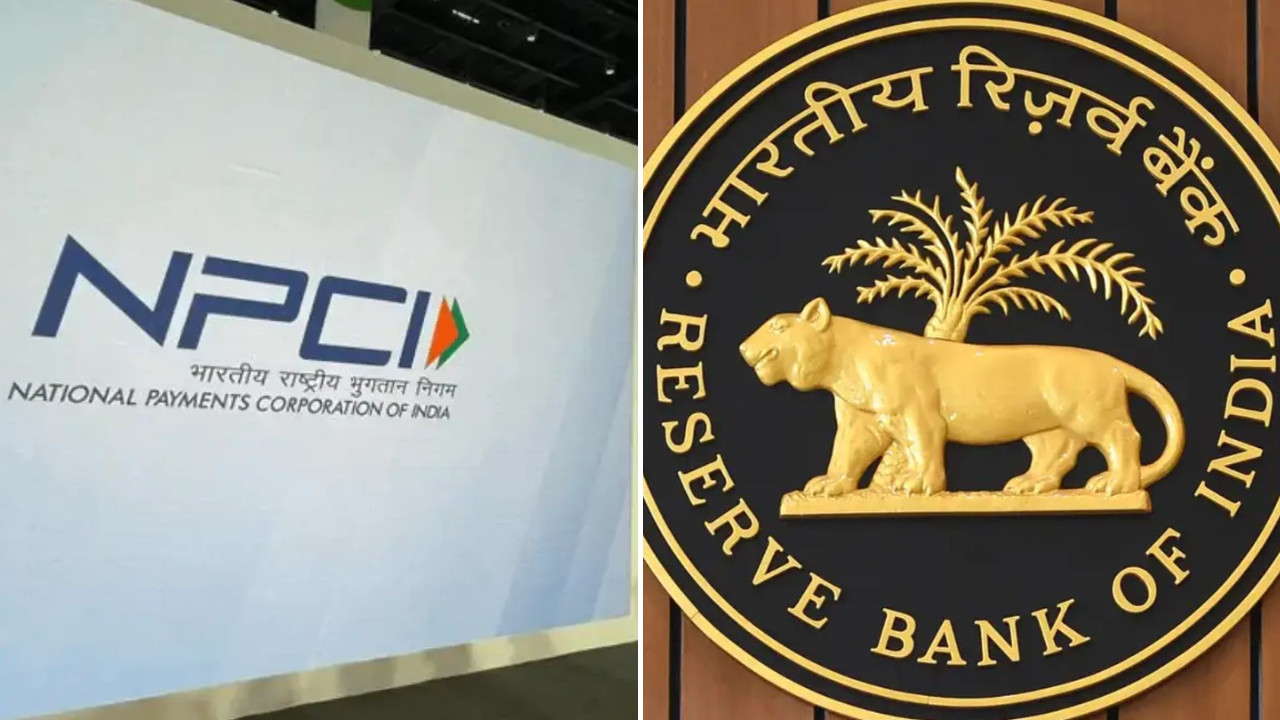India’s power sector is set for a digital revolution with the launch of the India Energy Stack (IES), announced by Power Minister Manohar Lal Khattar. This unified digital infrastructure aims to integrate renewable energy, enhance DISCOM efficiency, and provide transparent services.
Powering Up India: A Glimpse into the Nation’s Energy Future
Imagine a world where managing your energy consumption is as easy as checking your email. A world where utilities anticipate your needs and respond proactively. That’s the vision driving a new initiative in India, one that could fundamentally reshape how the country generates, distributes, and consumes power.
The Indian government is embarking on an ambitious journey to create what they’re calling the “India Energy Stack,” a unified digital infrastructure designed to revolutionize the power sector. Think of it as a national operating system for energy, connecting utilities, consumers, and regulators in a seamless digital ecosystem. The goal? To make energy more accessible, affordable, and sustainable for everyone.
This isn’t just about upgrading existing systems; it’s a complete overhaul. The India Energy Stack aims to break down data silos and foster interoperability between different players in the energy landscape. This means that a consumer in Bangalore could potentially switch providers or access real-time pricing information with unprecedented ease, while a utility in Rajasthan could leverage data analytics to predict grid failures and optimize energy distribution.
Why Now? The Urgent Need for Smart Energy
India’s energy needs are growing rapidly, fueled by a burgeoning population and a rapidly expanding economy. Meeting this demand sustainably requires innovative solutions. The traditional, fragmented approach to energy management is simply no longer sufficient. A more integrated, data-driven approach is crucial for ensuring energy security and promoting the adoption of renewable energy sources.
The new task force assembled to spearhead this initiative recognizes that digital transformation is the key to unlocking the full potential of India’s energy sector. They are focusing on creating a framework that enables seamless data exchange, promotes innovation, and empowers consumers to make informed choices about their energy consumption.
<img src="image-of-smart-meter-and-solar-panels.jpg" alt="Smart meters and solar panels showcasing the future of smart energy” width=”600″ height=”400″>
What the India Energy Stack Promises
The potential benefits of the India Energy Stack are far-reaching. For consumers, it could mean greater control over their energy bills, access to personalized energy-saving tips, and the ability to participate in demand-response programs, earning rewards for reducing consumption during peak hours.
For utilities, the Energy Stack offers the opportunity to improve operational efficiency, reduce losses, and enhance grid reliability. By leveraging data analytics and artificial intelligence, utilities can better predict demand, optimize resource allocation, and proactively address potential problems before they escalate.
Moreover, the India Energy Stack could play a critical role in accelerating the transition to renewable energy. By providing a transparent and accessible platform for renewable energy generators, the Energy Stack can help facilitate the integration of solar, wind, and other clean energy sources into the grid. It can also foster the development of new business models and innovative energy solutions, such as peer-to-peer energy trading and virtual power plants.
Check out another article on our site about the growing need for skilled technicians to support the expansion of India’s renewable energy sector [here](internal-link-to-related-content).
Addressing the Challenges Ahead
Building the India Energy Stack is a monumental undertaking, and there are significant challenges to overcome. Data security and privacy are paramount concerns, and robust safeguards must be put in place to protect sensitive information. Interoperability standards need to be developed and enforced to ensure that different systems can communicate seamlessly with one another. And perhaps most importantly, widespread adoption requires training and capacity building to ensure that both utilities and consumers are able to effectively utilize the new platform.
The success of the India Energy Stack will depend on collaboration between government, industry, and academia. A collaborative effort is needed to develop the necessary standards, protocols, and technologies to make this vision a reality.
A Brighter, More Efficient Future
The India Energy Stack represents a bold step towards a more sustainable and equitable energy future. By harnessing the power of digital technology, India is poised to transform its energy sector and create a model for other developing nations to follow. While the journey ahead will undoubtedly be challenging, the potential rewards are immense. This initiative has the potential to unlock a new era of energy efficiency, affordability, and sustainability, powering India’s continued growth and development for generations to come. The task force’s efforts toward a unified digital infrastructure promise a more accessible, affordable, and sustainable energy future.







